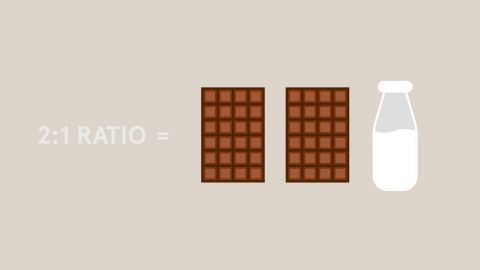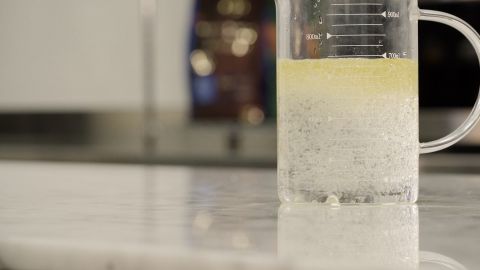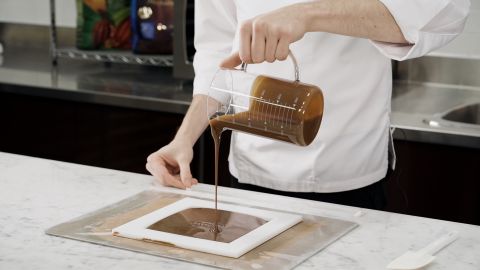Dextrose (Key Sugars in Ganache)
Dextrose (Key Sugars in Ganache)
Dextrose can be found on the market as a fine, white powder. It looks exactly like glucose powder, so be careful when scaling and storing!
It dissolves easily in water and is generally used in any product that is susceptible to drying out. You will often see it used in combination with invert sugar. Dextrose is most often found in marzipan, fruit passes, jams, ganaches, fondant, hard candies, and ice creams.

Similar to invert sugar, dextrose is produced via a hydrolysis reaction. In this instance, the hydrolysis is complete, meaning all of the complex starch molecules have been separated into simple sugar molecules (dextrose). Once the reaction is complete, the water is evaporated, leaving behind pure, anhydrous dextrose. Anhydrous dextrose has the chemical formula C6H12O6, without any water molecule attached, which is the same as glucose
However, it's important to note that even small differences can have significant effects. You cannot, for example, wear a right-hand glove on your left hand, even if the gloves are otherwise the same. Glucose and dextrose are very different!
Unlike sucrose, dextrose is a monosaccharide, meaning it is composed of just one molecule. Sucrose, as discussed in an earlier article, consists of one glucose molecule and one fructose molecule bound together.
In the US, dextrose is most often derived from cornstarch, but it is possible to produce it using other starches such as potato, wheat, and tapioca.
The Advantages and Disadvantages of Using Dextrose in Ganache
Advantages
- Behaves similar to sucrose
- Lower sweetness than sucrose
- Dissolves easily in water
- Not prone to re-crystallization
- Better moisture retention and preservation properties than sucrose
- Dextrose has a light cooling effect, which can help to enhance fruity flavors.
Disadvantages
- Cost
- Consumer perception











